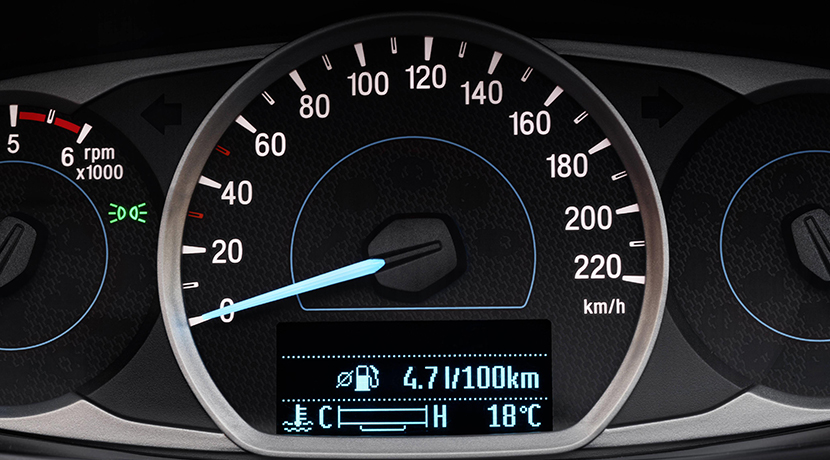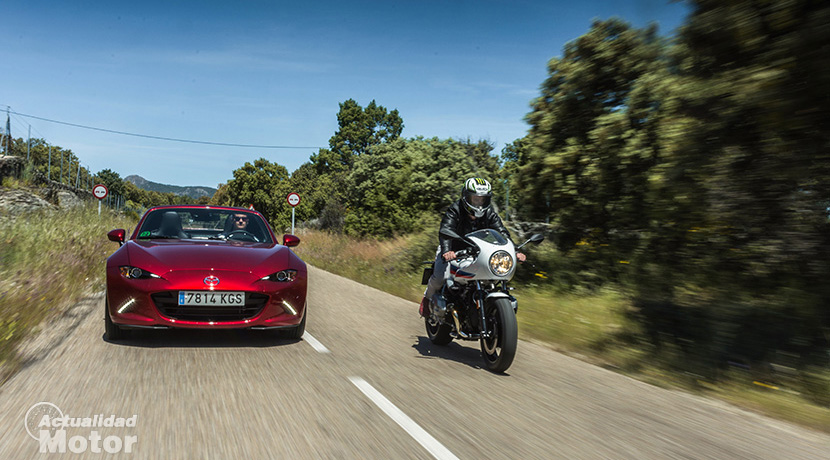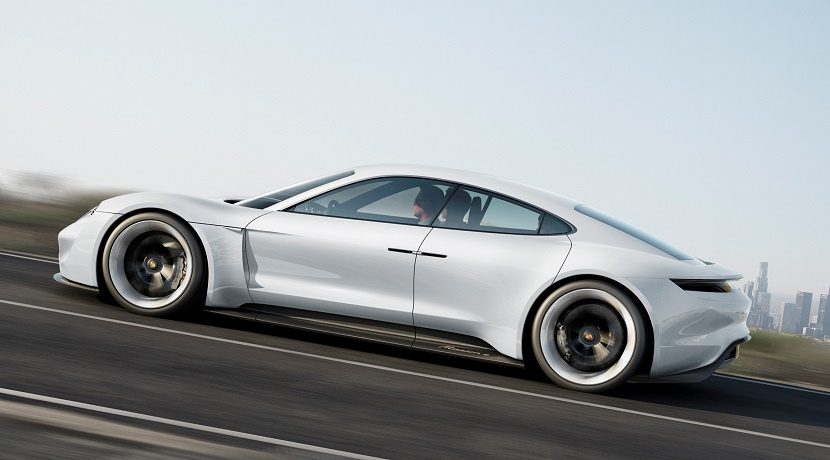At the end of January you will not be able to exceed 90 km/h on conventional roads

As you may have heard and read during the last days, the speed limits on conventional roads will change soon. While before we could drive at 90 km/h on two-way roads and 100 km/h if they had a practicable hard shoulder of more than 1.5 meters, to start next January 29 the maximum limit is set at 90 km/h , no matter the shoulder space.
These changes were recently approved and appear in the Official State Gazette (BOE) since last 28 from December. As the royal decree comes into force one month after its publication, being published on December 29, the changes will be effective next January 29. The objective pursued by this modification is simple: reduce road crashes.
Speed limits that are modified now , at the end of January 2019, affect about 10,000 kilometers of roads. In addition, these were set at the beginning of the 80s.Comment DGT in a press release that 7 out of 10 accidents with victims take place in this type of roads , and that in 2018 877 people died in these cited conventional roads. The most common accidents are track exits and frontal collisions . Also according to the DGT, 20% of accidents are caused by inadequate speed.

On the other hand , the changes of the speed limit in conventional roads without physical separation of the lanes reduce the maximum speed difference allowed depending on the type of vehicle , referring to vehicles for transport of passengers and goods with respect to cars. In the following table we leave the maximum speed limits depending on the type of vehicle:
| Motorway and dual carriageway | Conventional | |
|---|---|---|
| Motorway and motorway | Conventional | |
| Passenger cars | 120 | 90 |
| Motorcycles | 120 | 90 |
| Motorhomes less than 3,500 kg | 120 | 90 |
| Pick-up | 120 | 90 |
| Trucks | 90 | 80 |
| Tractor trucks | 90 | 80 |
| Vans | 90 | 80 |
| Caravans over 3,500 kg | 90 | 80 |
| Articulated vehicles | 90 | 80 |
| Automobiles with trailer | 90 | 80 |
| Buses | 100 | 90 |
| Tourism Derivatives | 100 | 90 |
| Adaptive mixes | 100 | 90 |



